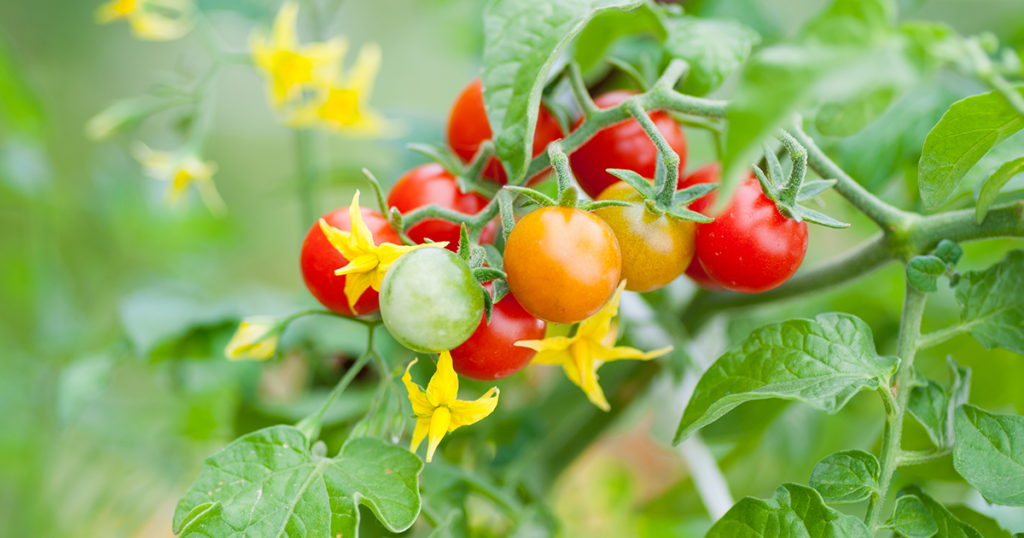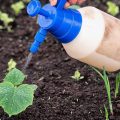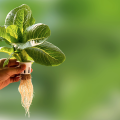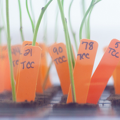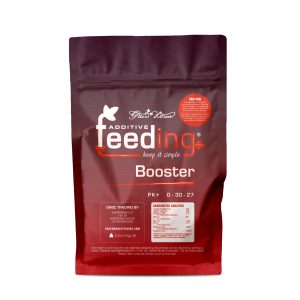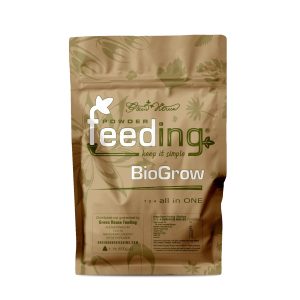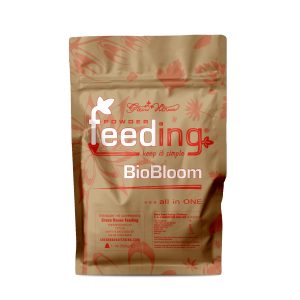Keeping your plants is healthy is crucial to a bountiful harvest. This is largely important when it comes to making sure your plants have the proper amounts of nutrients. Aside from the basic needs of plants like water and sunlight – you can help your plant in a big way by adding nutrients to your growing medium. Adding the right amount of nutrients like Phosphorus, Potassium & Magnesium to your plants is incredibly effective during the rooting, vegetative growth, and flowering stages of your plants’ life. If your growing for profit, the little extra effort of adding nutrients or minerals will pay off when it comes time to harvest.
Phosphorus
Phosphorus is high on the list of importance – this mineral actually helps plants to properly utilize other nutrients to aid in growth as well! This element helps plants fight off diseases, and promotes healthy root growth in addition to the development of fruits. If you notice your plants aren’t growing as quickly as they should, aren’t producing well, or are lacking strong root networks – these can all be signs of a phosphorus deficiency in your plants!
Potassium
Potassium is a wonderful nutrient that is used in garden plants, large crop operations, and even grass lawns! One of the biggest benefits offered by Potassium is that it assists plants to use water efficiently – it can even save plants by helping them resist damage during periods of drought. It can play a huge role in providing large, ripe fruits and vegetables too. When inspecting your plants, look out for browning leaf tips or yellowing in the plants veins – or even purple colored spots underneath the leaves. These are all signs of Potassium deficiency in plants. Plants that aren’t receiving enough Potassium can become very prone to disease and damage.
Magnesium
Magnesium is a key macronutrient for plants. It is responsible for much of the green hue we see in our plants. This is because Magnesium plays a big part in forming the chlorophyll molecule – which is necessary for photosynthesis to occur. This nutrient is considered a “secondary” nutrient for plant life. However, it is important to note that this term is in reference to the quantity necessary in plants rather than the rank of importance for the element itself. A key indicator of Magnesium deficiency in plants is yellowing of the leaves, with a green color still present if the leaf veins. A deficiency like this can also occur when an overabundance of Sodium, Calcium, or Potassium is found in the growing medium causing an imbalance of nutrients.
Your Plants Will Thank You
While these are not the only 3 elements that are important to healthy plant life, they are indeed extremely vital. Analyzing all of the different nutrients needed for your crops may seem a little overwhelming at first, but it gets much simpler as you grow. To make it easier we offer many specific plant nutrients as well as nutrient blends that work fantastic. If you are counting on a rich harvest it is well worth the investment of time to start introducing these amazing nutrients to the mix. Plants that have the proper nutrients and care will provide you with the best results!
